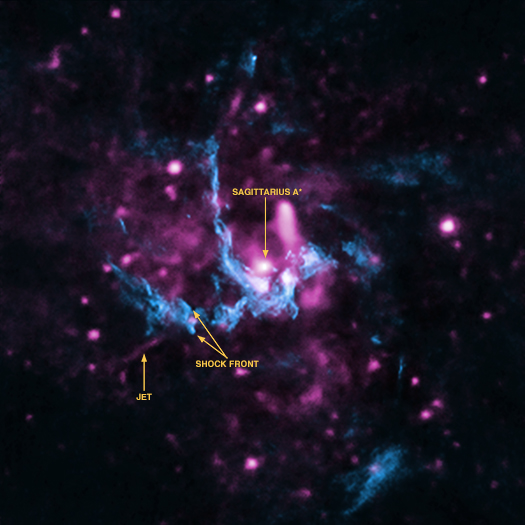SCIENTIFIC RESEARCH - OVERVIEW
The advent of high resolution imaging, which enabled us to track rapid orbits of stars about an unseen gravitational force, has lead to our discovery of the Supermassive Black Hole (SMBH) at the center of our Galaxy.
This has opened up a new way of studying the fundamental physics of
black holes and the role that the black holes play in the formation and evolution of galaxies.
By studying the orbital motions of objects near the Galactic Center, we can investigate the properties of the central Supermassive Black Hole (SMBH) which has a mass 4 million times the mass of the Sun. In addition, objects moving close enough to the SMBH exhibit relativistic behaviors, which allows us to to test General Relativity in areas never before explored. Read more...
The central region of our galaxy, less than few light years from the SMBH, has revealed diverse stellar populations, much more than previously predicted. There are both very young (< 10 Myr) and old stars, as well as star clusters whose formation history remains mystery as tidal forces from the SMBH should have prevented them from forming. Read more...
With the increased sensitivity provided by adaptive optics, the infrared emission from material accreting onto the Galactic Center has been detected. There has also been a recent discovery of an object that is plunging toward the SMBH, opening a new window to investigate the accretion flow physics. Read more...

.jpg)
